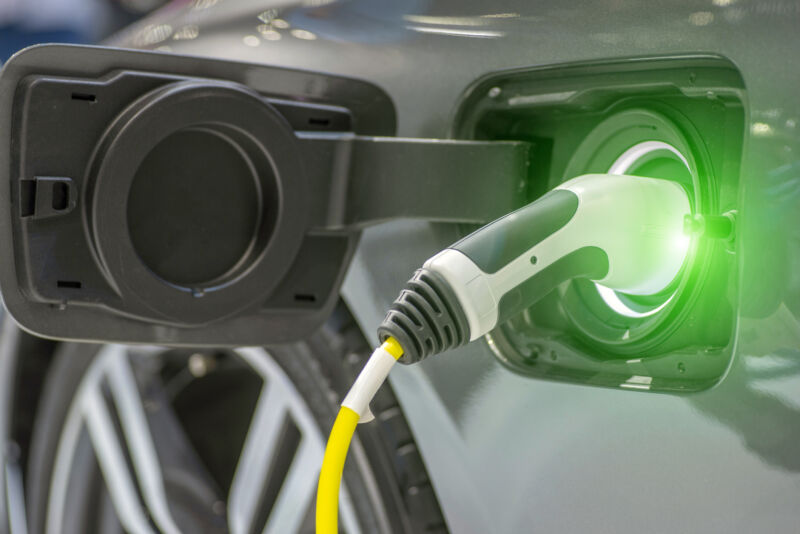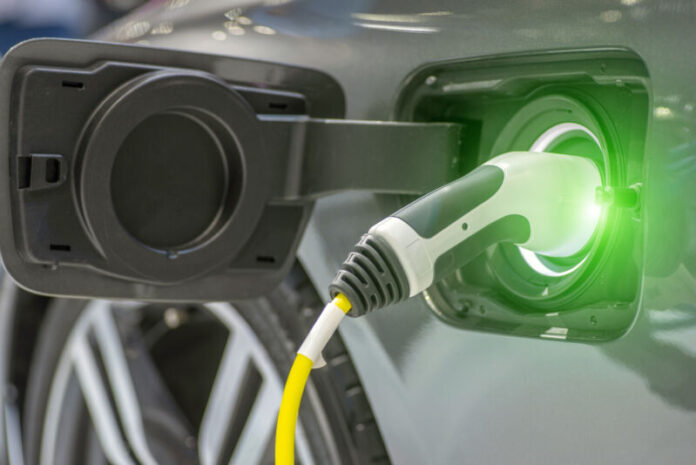
Enlarge (credit: boonchai wedmakawand)
California's electric grid, with its massive solar production and booming battery installations, is already on the cutting edge of the US' energy transition. And it's likely to stay there, as the state will require that all passenger vehicles be electric by 2035. Obviously, that will require a grid that's able to send a lot more electrons down its wiring and a likely shift in the time of day that demand peaks.
Is the grid ready? And if not, how much will it cost to get it there? Two researchers at the University of California, Davis—Yanning Li and Alan Jenn—have determined that nearly two-thirds of its feeder lines don't have the capacity that will likely be needed for car charging. Updating to handle the rising demand might set its utilities back as much as 40 percent of the existing grid's capital cost.
The lithium state
Li and Jenn aren't the first to look at how well existing grids can handle growing electric vehicle sales; other research has found various ways that different grids fall short. But they have access to uniquely detailed data relevant to California's ability to distribute electricity (they do not concern themselves with generation). They have information on every substation, feeder line, and transformer that delivers electrons to customers of the state's three largest utilities, which collectively cover nearly 90 percent of the state's population. In total, they know the capacity that can be delivered through over 1,600 substations and 5,000 feeders.
Read 12 remaining paragraphs | Comments
Ars Technica - All contentContinue reading/original-link]




